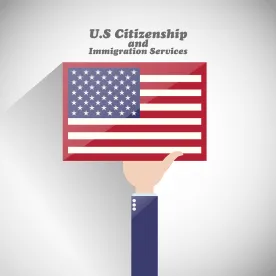While it typically uses the “Final Action Dates” chart for accepting adjustment of status application filings, U.S. Citizenship and Immigration Services (USCIS) has announced that for October 2020, it will allow employment-based adjustment of status applicants to file based upon the U.S. Department of State’s (DOS) October “Dates for Filing” chart.
This means that individuals will be able to file their adjustments in October 2020, even though their Green Card cases may not be adjudicated for years – until they reach their “Final Action Dates.” The DOS Charts can be found here. The USCIS page confirming that adjustment applications can follow the “Dates for Filing” chart can be found here.
The main advantage to filing adjustments is that 180 days after filing, applicants become portable – meaning that they can change jobs within the same occupational category without having to have a new PERM case filed. Similarly, those who file may maintain their underlying visa statuses, although they do not have to. Instead, they can remain in the United States while their cases are pending and rely on EADs and advance parole for work authorization and travel.
Of course, applicants are not the only beneficiaries of this big push forward. USCIS has been suffering. A decrease in filings has led to a severe budget deficit. The agency had planned to furlough two-thirds of its workforce on October 1, 2020. These additional adjustment of status filings may help the agency defray costs with a much-needed injection of cash, the greater because new, increased filing fees will go into effect on October 2, 2020. After October 2, 2020, adjustment of status application fees will no longer include employment authorization and advance parole applications. There will be separate fees for those applications totaling more than $1,000. In addition, children under 14 will no longer have reduced fees – further driving up fees for families applying for green cards. Another fee-producer is in the fact that the “Dates for Filing” chart provides a much more advanced available filing date for Employment-Based Third-Preference (EB3) applicants than for Second-Preference (EB2) applicants. That will give employers an option to file an amended I-140 petition, each carrying a $550 filing fee, along with the adjustments of status. The agency stands to receive a multimillion-dollar cash infusion.






 />i
/>i

